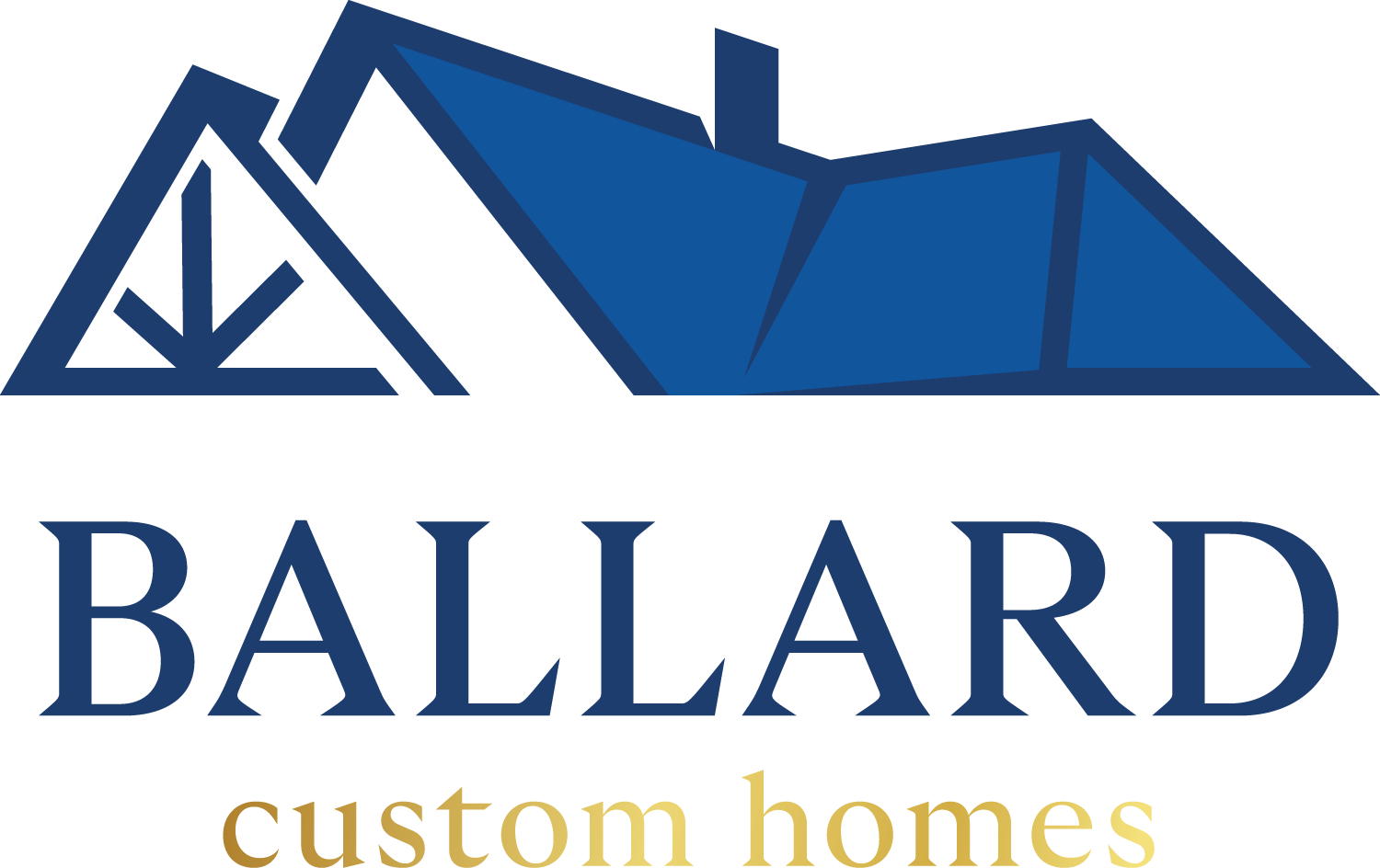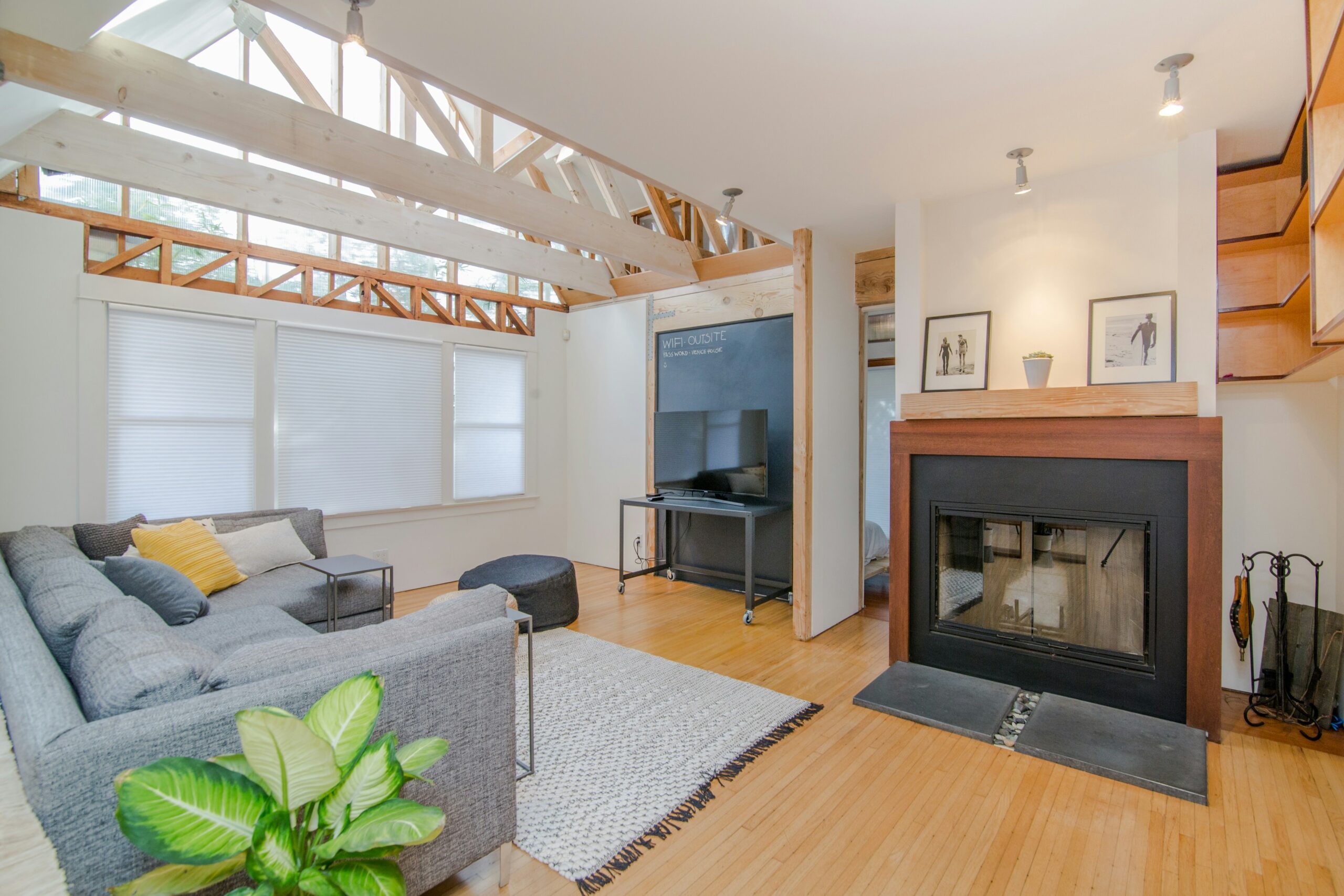Related Posts
 Custom Home BuilderCustom Home Builder Vero Beach
What Are the Key Space Optimization Techniques Used by Vero Beach Custom Home Builders?
Custom Home BuilderCustom Home Builder Vero Beach
What Are the Key Space Optimization Techniques Used by Vero Beach Custom Home Builders?
What Are the Key Space Optimization Techniques Used by Vero Beach Custom Home Builders?
Table Of Contents: What Are the Key Space Optimization Techniques Used by Vero Beach Custom…
Ballard Custom HomesJuly 17, 2025
 Custom Home BuilderCustom Home Builder WindermereCustom Home Design
Advantages of Selecting Windermere New Construction Homes
Custom Home BuilderCustom Home Builder WindermereCustom Home Design
Advantages of Selecting Windermere New Construction Homes
Advantages of Selecting Windermere New Construction Homes
Table Of Contents: What Are the Key Advantages of Windermere New Construction Homes? How Does…
Ballard Custom HomesJuly 14, 2025
 Custom Home BuilderCustom Home Builder Windermere
How to Build Your Dream Windermere Custom Home: Essential Steps to Success With Expert Guidance
Custom Home BuilderCustom Home Builder Windermere
How to Build Your Dream Windermere Custom Home: Essential Steps to Success With Expert Guidance
How to Build Your Dream Windermere Custom Home: Essential Steps to Success With Expert Guidance
Ballard Custom HomesJuly 6, 2025

